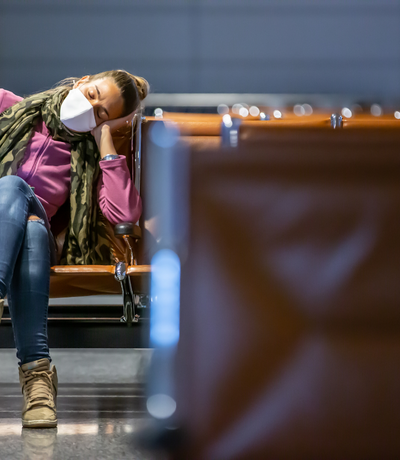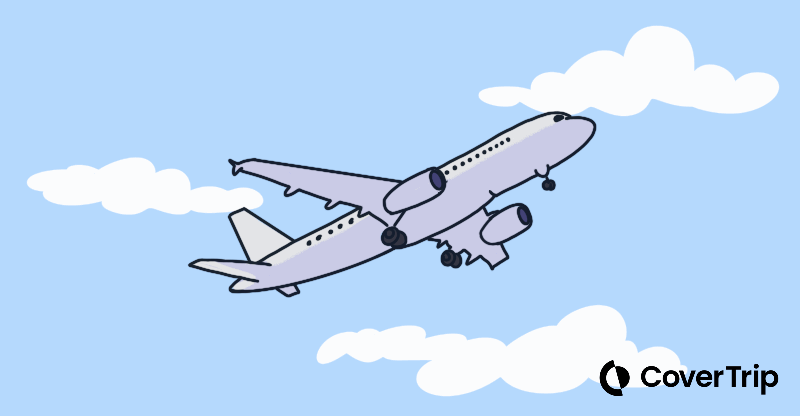4 Tips to Avoid Flight Disruptions
10 February 2023
What’s the worst way to start a vacation or business trip? Late, that’s the worst time to start a trip.
Official data shows that ![]() flight cancellations in 2022 were almost 50 percent higher than the historical average.
flight cancellations in 2022 were almost 50 percent higher than the historical average.
Over 1.2 million flight arrivals were delayed, and 2.4% were canceled.
There is an unfortunate randomness to travel disruptions that makes them difficult to avoid. For trips where it’s critical to arrive on time, there are some things you can know or do to give yourself the best odds.
Read on to avoid flight disruptions on your next trip.

1. Know when to invoke the flat-tire rule
Even before you get on a flight, there are things that can derail your trip. If you are unavoidably delayed, some airlines have rules that protect you.
Here’s an example: You check into your flight the day before, but on the way to the airport, a large traffic accident closes the highway while emergency vehicles clear the road. The gates are shut on your flight when you arrive, but you know to ask the airline to observe the ![]() flat-tire rule.
flat-tire rule.
Pro tip: not all airlines have this rule, and they never publicize it on their websites, so you have to know about it!
If you’re lucky and the airline agent understands the flat-tire rule, you can go on the next flight as a standby passenger for no extra charge.
2. Choose early morning flights
Every month the Department of Transportation publishes ![]() official stats on flight delays, missing bags, over sales, and more, including the breakdown of departure time.
official stats on flight delays, missing bags, over sales, and more, including the breakdown of departure time.
In 2022, the data shows that while 86% of flights departing in the 6-7 am hour arrived on time, only 66% of flights departing in the 10-11 am hour did.
In other words, the first flights of the day have a 20 percent higher on-time performance than later flights.
Why?
In most cases, the weather tends to be better in the morning (even for thunderstorms and definitely for tornadoes). Also, in most cases, the airplane has been sitting there overnight. It’s all gassed up and ready to go.
Afternoon flights nearly always use a plane coming from somewhere else – so if a prior flight gets delayed, yours could be too.
3. Try to book non-stop
Flight delays are far more likely to happen than cancellations, on average (excluding 2020 when travel was a complete shambles).
A flight delay on a non-stop flight is an inconvenience; a flight delay when you have a connection or two can mean arriving a day or two later than you planned.
Not every delay results in a missed connection, but the potential looms with the more connections you have.
Pro tip: In the worst scenario, where you have to bum around the airport for longer than you planned, hopefully, it’s one of the ![]() seven nicest airports in the world.
seven nicest airports in the world.
4. Avoid basic economy tickets always
Beginning in 2020, all full-service US airlines, and many international ones, got rid of change fees except for basic economy tickets.
Now, there’s no penalty – only the fare difference, and if the new fare is cheaper, you get some money back!
What this means is that if you booked an evening flight or a connecting flight and start to worry that you won’t arrive on time, you have flexibility. You can change your itinerary to a morning or non-stop flight instead.
Related topics
Damian Tysdal is the founder of CoverTrip, and is a licensed agent for travel insurance (MA 1883287). He believes travel insurance should be easier to understand, and started the first travel insurance blog in 2006.
